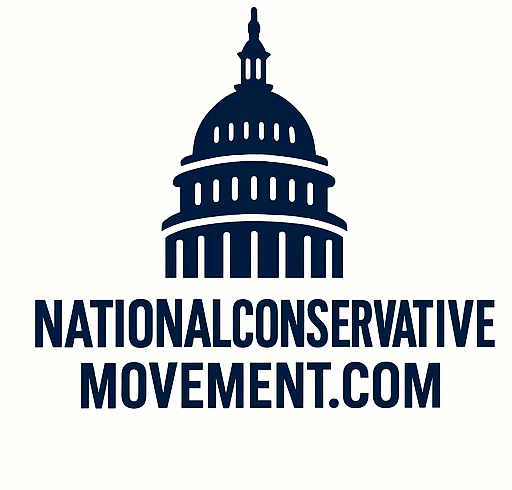
Major retailers say they will increase prices or reorganize their supply chains in response to cost pressures from President Trump’s tariffs.
In a blitz of earnings calls, companies this week detailed their scramble to deal with levies that target dozens of nations and are higher than they were in the previous quarters.
Cosmetics giant Estee Lauder said Wednesday it expects its fiscal 2026 profitability to take a $100 million hit from tariffs.
“We continue to evaluate additional strategies to further mitigate these impacts,” said Akhil Shrivastava, an executive vice president and chief financial officer at the beauty company.
He said that could lead to “pricing actions” while the company reorganizes its production chains.
Home Depot, which sources over half its products from the U.S., said Tuesday that some prices will have to rise.
Billy Bastek, the home improvement giant’s executive vice president of merchandising, said tariff rates on some products were “significantly higher” than during the last quarterly report.
“So as you’d expect, there’ll be some modest price movement in some categories, but it won’t be broad-based,” he said during a second-quarter earnings call.
Another major retailer, Target, imports half its products. Company officials said Wednesday they’ve mitigated the impact of the tariffs by shifting their global sourcing and would adjust prices only as a last resort.
Mr. Trump’s trade policy is a major shift for retailers that source goods from overseas. He’s leaning heavily into tariffs, which are taxes on foreign goods brought into U.S. markets.
Companies must respond by moving more production to the U.S. or places with lower duties, absorbing the cost of the tariffs or boosting prices.
Mr. Trump imposed a 10% blanket tariff on imports this year, but his stiffest levies are starting to hit now.
The White House recently finalized tariffs ranging 15% to 41% on more than 67 countries, raising levies to their highest levels in over a century.
Mr. Trump also solidified the 10% blanket tariff on all imports and is implementing the 15% rate he negotiated with the European Union, Japan and South Korea.
Companies are balancing their need to remain profitable with a reluctance to raise prices at the checkout counter, since they must compete for budget-conscious customers.
“Value is very top of mind for consumers right now,” said Rick Gomez, executive vice president and chief commercial officer at Target, told investors. “They’re looking to stretch their budget. They’re looking to navigate inflation and uncertainty around tariffs.”
The Trump administration is defending its approach. It says tariffs may spur one-time price increases for some foreign products but won’t induce the type of systemic inflation that marked the Biden era.
The White House says tariffs give Mr. Trump leverage over other nations and will reap billions in revenue.
The Treasury has taken in over $130 billion in customs duties this year — well over twice what the U.S. collected at this point in 2024.
“I’ve been saying that tariff revenue could be $300 billion this year,” Treasury Secretary Scott Bessent told CNBC. “I’m going to have to revise that up substantially.”
Foreign nations don’t pay the tariffs directly to the Treasury, however. The importer of record that brings products into the U.S. pays the duties to U.S. customs.
Procter & Gamble, the maker of household brands like Crest toothpaste and Tide detergent, said in July it planned to implement single-digit percentage price increases on a quarter of its products, starting in August, due in part to Mr. Trump’s tariffs.















